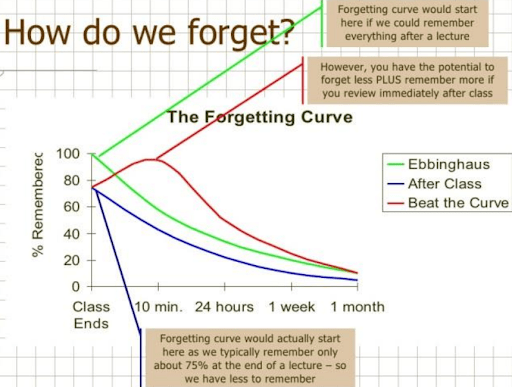Training expenditure in the US has crossed the $100 billion mark.
Considering how expensive training can be, even a few wasted training sessions can be heartbreaking. Businesses must consistently create the right training programs and conduct them impactfully.
But how can you ensure this without further adding to the training costs?
The solution is simpler than you think – An effective training assessment.
Assessments are a powerful tool to ensure that you always get the best possible return on investment from your training initiatives. These make it easy to identify training needs and address them with engaging and streamlined training programs.
In this guide, you’ll learn all about employee training assessments, including how to leverage them to enhance various aspects of employee training. We’ll start by learning more about what training assessments are and when to conduct them.
Let’s go.
What Is Employee Training Assessment?
Employee training assessments are quizzes & tests conducted before, during, and after employee training & development programs to improve their effectiveness. You can conduct such assessments offline via pen and paper or online using assessment software.
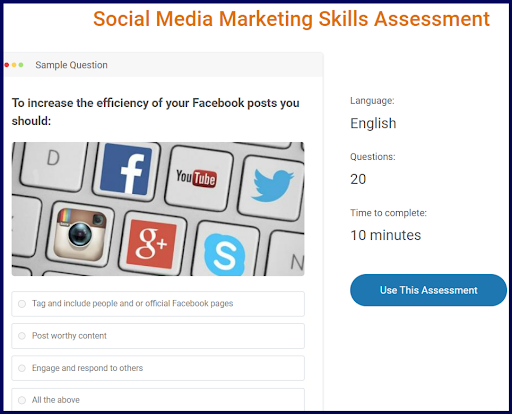
Trainers prefer online tests for employee training evaluation since they let you assess anytime, anywhere, in a streamlined and scalable way using a wide variety of question formats. These question formats include:
- Popular closed-ended question types, such as multiple-choice, true/false, fill-in-the-blanks, matching, etc.
- Open-ended questions that learners can answer via text, video, audio, or speech-to-text
- Questions based on a video, comprehension passage, or audio clip
- Highly interactive question formats, such as order-the-list and hotspot
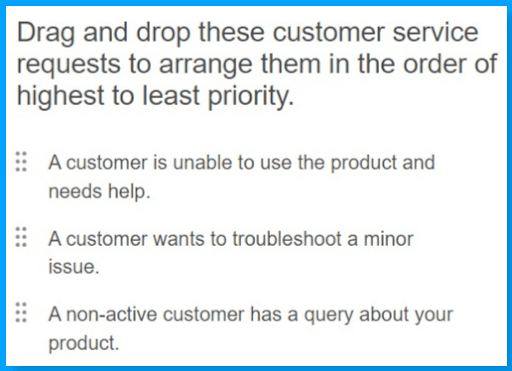
Employee training assessments are an excellent tool to enhance employees’ knowledge, skills & productivity, and awareness of policies, procedures, compliance regulations & safety precautions.
When to Conduct an Employee Training Assessment
Employee training evaluations play a key role at every stage of an employee training program and even well after it has concluded. Here’s how:
-
Before the Training
Conducting an assessment of employees’ existing knowledge and skill base before kick-starting any training can go a long way toward avoiding wasted training initiatives. Online employee training assessments are the ideal measure to discover blind spots in employee capabilities and enable businesses to create bespoke learning experiences.
You can conduct your pre-training employee assessments as soon as you’ve analyzed your learning objectives and use the insights you get to design effective training modules.
Your learning objectives could be onboarding new employees, improving the performance of your existing workforce, creating a succession plan, or assigning fresh duties to employees.
Watch: How Precision Onboards Employees Using Assessments
Related Read: How to Conduct a Training Needs Assessment in Your Organization
-
During the Training
While delivering a training module, you must ensure that no learner gets left behind.
The best way to do this?
Track learning progress by conducting employee training assessments at checkpoints, such as at the end of every topic or chapter in a training course.
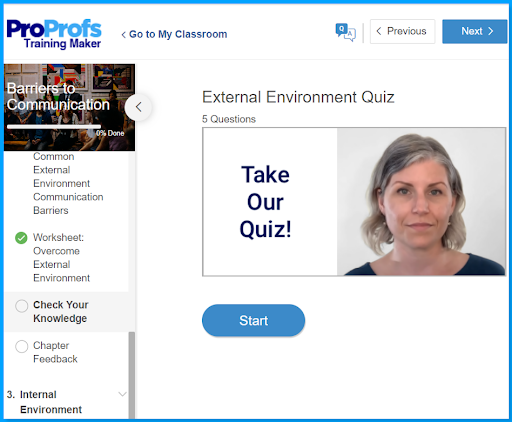
What’s more, you can also add answer feedback to these formative assessments to boost comprehension and let learners easily identify their learning gaps and obstacles to help them self-learn.
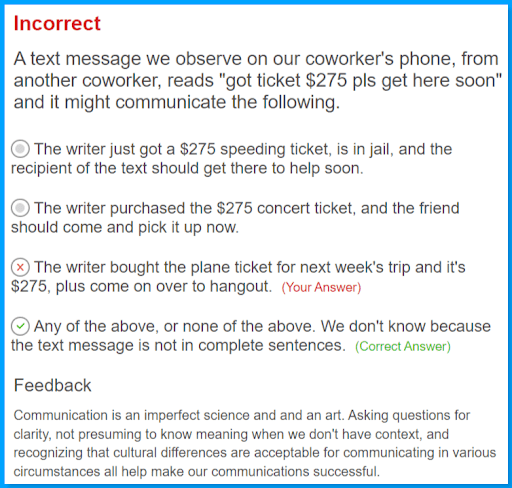
-
Immediately After the Training
You can conduct employee skills assessments to evaluate training program success by measuring individual and group learning progress.
Additionally, you can use the reports from your post-training or summative assessments to analyze the effectiveness of your training approach and materials. Doing so will help you brainstorm ideas to enhance your training methods.
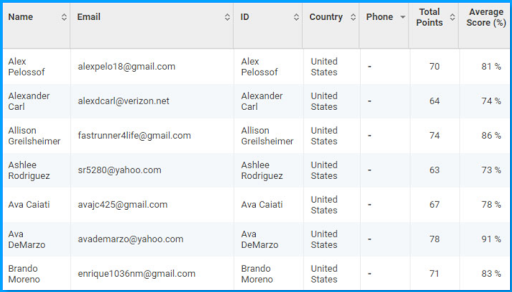
-
Periodically, Starting Some Time After the Training
Why must you keep testing employees after training?
Two words – forgetting curve
Without frequent reinforcement, learners can rapidly forget what they’ve learned, no matter how well-acquainted they are with the course material.
Employee training assessments can provide the regular reinforcement needed to maintain learned knowledge and also let you check for retraining needs.
You can conduct such assessments every month, two months, quarter, etc., depending on the course material’s complexity and your requirements. For example, here’s what learning expert Matthew Tang says about the frequency of refresher assessments for compliance training.
- Frequency should be based on the nature of the job/task
High-risk areas may be more suited for conducting monthly, formal assessments, while lower-risk areas may need more informal and less frequent assessments. For example:
High-risk area – Hospital setting: Infection prevention and mortality rate are directly related. If employees don’t meet compliance measures, people can die.
That’s why formal assessments, along with job aids, (like the hand washing posters in bathrooms) and manager observations, should be used in combination to frequently re-visit compliance with infection prevention measures.
Low-risk area – Retail store: Many places where cleaning chemicals are used require OSHA training to be given annually to all employees to ensure safe chemical storage and handling.
There are clear procedures in place for only maintenance employees for chemical handling. In this case, frequent testing of employees other than maintenance staff may not be required.
- Frequency should be based on past performance
Monthly coaching, assessments, and training become necessary when a company is dealing with a recent injury or sexual harassment complaints.

As you can see, employee training evaluations help improve learning outcomes throughout the training process.
Let’s dive deeper into their benefits in our next section.
Benefits of Employee Training Assessments
Here’s why assessments are essential for implementing successful employee training programs that drive productivity and business growth.
-
Deliver Targeted Training
Training assessments are an efficient and effective way of conducting a training needs analysis. They let you tailor your training to your organizational goals and the employees’ specific learning requirements.
Using assessments for identifying training needs can be particularly helpful in several scenarios, such as:
- Onboarding & training new employees
- Improving a team’s performance
- Employee development initiatives
- Succession planning
- When a major change requires employee training
- For expanding employees’ job responsibilities
-
Ensure Comprehension
Designing excellent, personalized training programs is only half the job done. You must also deliver your programs in a way that creates deep, lasting understanding. Employee training evaluations help here in the following ways:
- They let you easily track learning gaps & challenges throughout the program.
- You can use assessments to create personalized learning paths for self-learning.
- Assessments make training more accessible through interactive question types, media, feedback, and more.
-
Boost Knowledge Retention
As mentioned above, training assessments work great in reducing the forgetting curve.
But, did you know that refresher assessments are even more effective than retraining in boosting long-term knowledge retention?
Surprising, isn’t it?
Imagine how much time you could save if you didn’t have to train employees on the same topics again and again!
-
Provide Gamified Microlearning
An average person’s attention span is only eight seconds. Microlearning lets employers deliver short, specific bursts of content that can hold employees’ interest. With training assessments, you can meet essential microlearning characteristics, such as:
- Lean: The solution should not require too many trainers to implement
- Scalable: The solution must appeal to a large variety of employees across all locations
- Simple: The solution must be easy to adopt
Combine this with the gamified learning aspect offered by employee training quizzes through interactive question types, auto scoring, time limits, media, etc., and you have one of the most engaging learning tools.
-
Promote Compliance Culture
The General Data Protection Regulation (GDPR) authority levied over $100 million in fines in the first half of 2022, marking a 92% increase from the GDPR fines tally of the same period of the previous year.
If it wasn’t obvious already, it definitely is now. Organizations must prioritize compliance by creating robust compliance training and awareness programs.
Compliance training & certification assessments make such programs more effective and help create a compliance culture in the organization, preventing business risk and ensuring employee well-being.
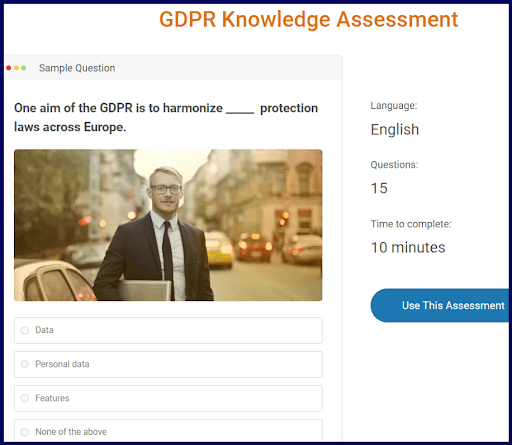
-
Implement an Effective Succession Plan
Assessments are invaluable to any succession plan. They provide a deep analysis of employees’ leadership potential, personality fit, and coachability, enabling you to make informed decisions when charting your organization’s future.
Once you’ve shortlisted your future leaders, employee training assessments let you deliver leadership development training the right way.
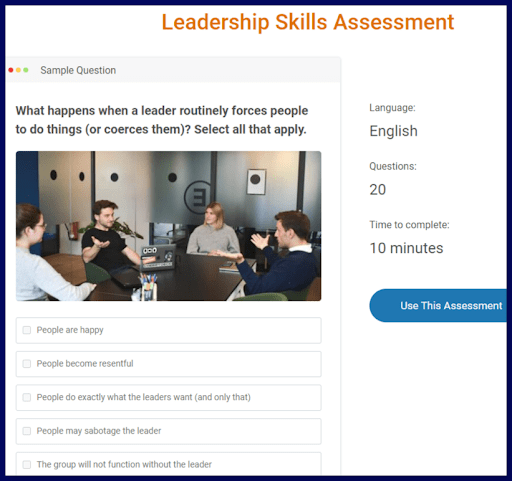
-
Reduce Employee Turnover
Investing in your employees’ professional growth is one of the best ways to reduce turnover and save your organization from the hefty costs of replacing good employees. Employee training and development assessments help you do this by letting you implement excellent learning & development programs.
Pro Tip: Besides improving your training programs, assessments help reduce employee turnover in other ways too. You can conduct skill & personality assessments during your hiring & onboarding to ensure you hire candidates that fit your work culture and that every new hire is aligned to the right role.
Another thing you can do is leverage personality assessments to identify and address your employees’ unique needs related to their ideal work environment, motivators, fears & stress triggers, expectations from the leadership, etc.
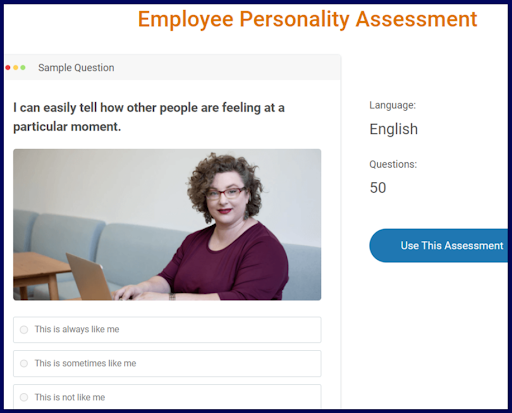
-
Align Employee Skills With Organizational Goals
Training assessments help you equip employees with the skill sets necessary to propel your business towards its objectives.
For example, let’s say you want to improve your customer relationship management (CRM) efforts. You can do this by conducting employee development assessments for customer-facing roles, such as these:
- Sales representative
- Customer service representative
- Call center agent
- Email support representative
- Social media manager
- Cashier
- Bank teller
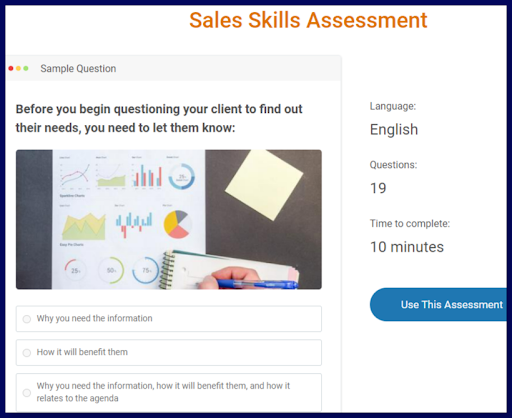
You can also conduct training assessments to improve employee skills critical for effective customer relationship management, such as:
- Communication
- Social skills
- Knowledge of CRM software, such as Salesforce or BIGContacts
- Managing customer expectations
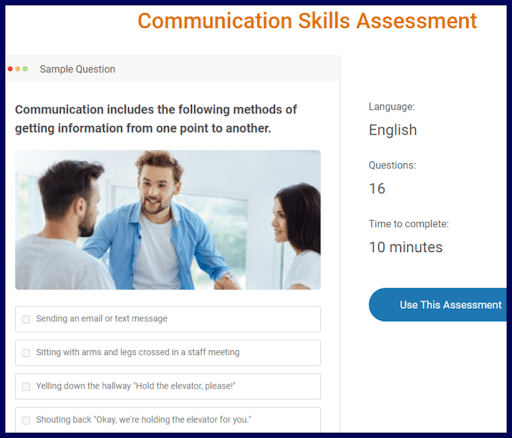
Pro Tip: Besides implementing training assessments, you can also make your training more impactful by delivering it using an online learning management system, such as ProProfs Training Maker. It lets you easily create engaging courses featuring media, quizzes, presentations, surveys, and more to conduct training anytime, anywhere.
Watch: How to Create Online Employee Training Courses
Check out how Acer streamlined product training using online assessment software together with an LMS.
Case Study: Acer

Acer needed assessment software that would let them effectively train and certify employees on product knowledge using question banks. They also wanted to provide learners with an easy way to request additional training at the end of the assessment.
Acer used the combination of online employee training assessment software and an online learning management system to create an effective training, assessment, and certification system.
Besides making it easy to set up and customize employee training modules, the online tools made it possible for multiple stakeholders to collaborate seamlessly on creating the courses and tests.
Read more about it here.
That was a roundup of the various benefits of conducting employee training & development assessments.
To summarize, you can use assessments to:
- Conduct an effective training needs analysis
- Enhance training engagement, understanding & retention
- Achieve various business outcomes, such as higher productivity, less turnover, strong regulatory compliance, etc.
You must have noticed by now that you can broadly classify employee development assessments into two categories – ones that assess employee training needs and ones that support and enhance the learning process.
When it comes to the former, you must take a stepwise approach to conduct them to achieve your goals.
Scroll on to the next section to learn how to do just that.
How to Conduct a Training Assessment for Training Needs Analysis
Systematically conducting your training needs assessments enhances their accuracy in identifying the employees and skills you must focus on during your employee learning & development programs. Here’s how to go about it:
Step 1: Understand your business needs
Step 2: Identify key competencies
Step 3: Conduct assessment tests
Step 4: Compare your training options
Step 5: Report the results
Step 6: Conduct Training Impact Assessment
Let’s take a detailed look at these steps.
Step 1: Understand Your Business Needs
You must take the time to properly understand and analyze your business requirements before assessing your employees’ knowledge and skills. Doing so will ensure your knowledge/skill tests and training programs are relevant to your organization’s short- and long-term goals.
You can conduct a SWOT analysis to understand your business circumstances, which will enable you to find out your business’ needs and goals.
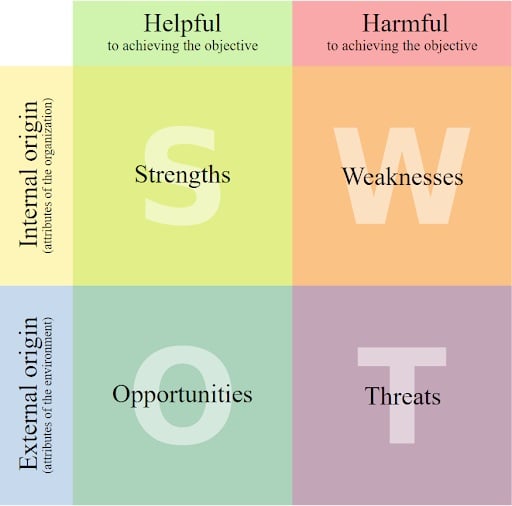
You must also ask yourself the following questions during this step:
- Why am I conducting this training assessment?
- What business outcomes do I expect from it?
- What long-term business goals am I targeting?
- Is training the most effective solution to achieve those outcomes & goals?
Yes, you read that right. While always helpful, employee training may not be the only solution in certain situations.
On breaking down a requirement or problem into the core issues, the best solution may turn out to be something out of the following:
- Restructuring a department or rearranging duties
- Simplifying workflows
- Improving the work environment
- Working on employee engagement
Pro Tip: One of the best ways to improve employee engagement is by creating and sharing fun quizzes with team members on topics such as pop culture, your company’s history, general knowledge, etc. Here are 50+ topic ideas to try out for your team quizzes.
Step 2: Identify Key Competencies
Once you’ve pinpointed your business requirements and objectives, you can start identifying the knowledge and skills that your staff will need to work on to accomplish those objectives.
For example, if you’re looking to improve workplace productivity, you must focus on soft skills, such as communication, time management, conflict management, and more.
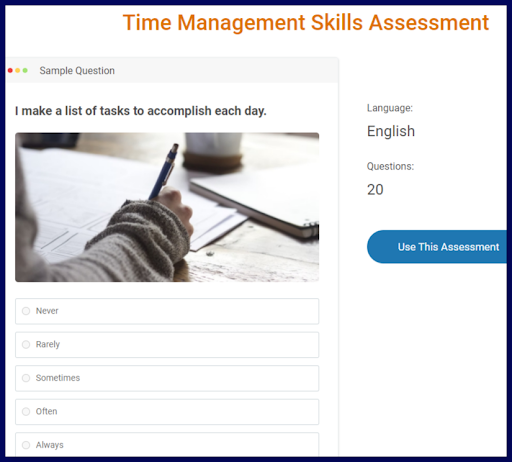
Step 3: Conduct Assessment Tests
Once you’ve gained clarity on the employee abilities you must focus on, you can start assessing your employees on them. Good online assessment tools are the best way to conduct your assessment tests. Doing so will make this the easiest step in the employee needs assessment process.
Using a good online testing software, you can create your tests easily and quickly, share them with the employees in an organized way and evaluate the results accurately. Plus, it’ll be much more convenient for your employees, as they can take your tests anywhere at their convenience on any device of their choice.
Watch: How to Create an Assessment Online
Step 4: Prioritize Training Needs & Compare Training Options
By conducting employee development assessment tests, you’ll become aware of all the employee training needs. Next, classify these needs into high, medium, and low priority and consider training options for each. When classifying training needs by priority, you must consider these five key factors:
- Relevance: Training needs highly relevant to your business goals must be prioritized higher.
- Time: Training needs requiring too much time investment must be prioritized lower, so employee productivity isn’t hampered.
- Cost: You should try to postpone training requirements that require heavy investment.
- Return on Investment: Training programs that’ll take a long time to bear fruits can be assigned a low priority.
- Compliance: Training needs that must be met to satisfy regulatory or legal requirements will be a high priority, irrespective of other considerations.
Related: How to Link Your Training Programs to Your Business Goals
Step 5: Report the Results
After carefully evaluating training needs and assigning priority levels to them, you must create short-term and long-term training plans. All of this must be thoroughly explained in a report outlining the reasons for conducting the training assessment as well as how it was conducted — from the tests used to the personnel involved.
Once all stakeholders have reviewed the report, you can conduct your training programs. You can do this for all employees at once or test it with a small batch before implementing it at full scale.
Step 6: Conduct Training Impact Assessment
After you’ve provided training to an employee, you must immediately conduct a training assessment test again. Doing so will let you measure the impact of your assessments and identify any remaining training gaps you must address.
Besides conducting training impact assessments, you can also conduct employee surveys for training performance evaluation. You can get feedback from all participants regarding the training program’s quality and effectiveness and how it can be improved.
Pro Tip: You can conduct employee surveys easily using online survey software. For example, using ProProfs Survey Maker, you can create beautiful surveys using customizable, pre-built templates and ask questions in over 20 different ways.
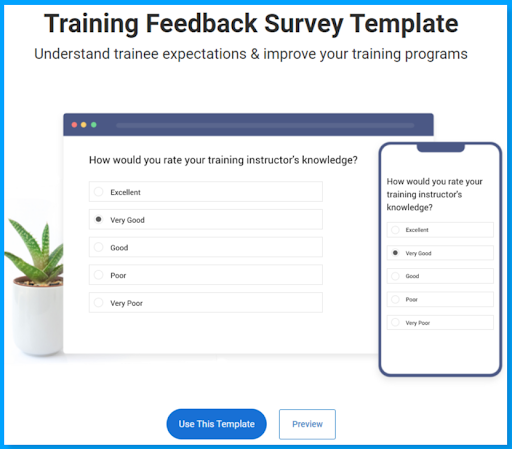
So, that was the process for conducting a training assessment to identify training needs and ensure training effectiveness.
In the third step of this process, we talked about conducting assessments via online tests created with a good software tool.
We’ll continue that discussion in the remaining sections, starting with the benefits of conducting assessments online and following up with how you can create online tests and optimize them for the best employee training assessment results.
Why You Should Conduct Training Assessments Online
Conducting your employee development assessments online using an assessment tool makes the process much easier and more effective. Here’s how.
-
Automate Grading & Reporting
With online assessments, you can pre-score questions & answer options to automate the grading process and save time and effort. Besides instant, automated results, you also get insightful, auto-generated reports that let you easily analyze learners’ progress at individual and group levels and identify the topics that learners find most challenging.
Here’s how online assessments solved a critical problem for Thermo Fisher Scientific.
Case Study: Thermo Fisher Scientific

Thermo Fisher Scientific, a world leader in scientific instrumentation, needed to conduct training assessments for several hundred global employees. Given the massive scale, hand-grading the assessment tests was highly infeasible.
To avoid the massive task of manually grading 600 tests, Thermo Fisher Scientific decided to employ online assessment software. The online tool enabled Thermo Fisher Scientific to create & assign tests easily and automate the grading.
The assessment tool also provided auto-generated reports along with useful statistics that revealed the questions that test takers had trouble with. Thermo Fisher Scientific found it painless to execute its large-scale training assessment program.
Read more about the tool they used and their success story here.
Watch: How to Automate Scoring & Grading for Your Assessments
-
Streamline Remote Training
As you can see from the above case study, online assessments let you easily assess remote employees. You can assign your tests in various ways, such as:
- Sharing a link via email or other online channels
- Embedding the test on your website
- Using virtual classrooms
Similarly, you can get the reports online. Combined with online training, online assessments provide a highly streamlined and convenient way to train remote workers. This is crucial for industries, such as retail and construction, that can have a highly dispersed workforce.
Watch: How to Train Remote Employees Effectively
-
Assess Easily at Scale
Grading test papers isn’t the only problem when assessing at scale. You also need a physical assessment center and invigilators (and lots of pen and paper!). All of this can significantly drive up your training expenditure.
Using a good assessment tool, you can assess as many employees as you want and set up measures to prevent cheating without needing physical invigilation.
Read: How to Prevent Cheating in Online Exams & Tests: 20 Incredible Hacks
-
Provide an Engaging Learning Experience
Compared to pen-and-paper tests, online assessments let you provide a highly engaging learning experience. You can add images and videos to your questions, provide instant visual feedback, and ask questions in interactive ways, such as hotspot, video-response, drag-and-drop list ordering, etc. You can even ask questions based on a video or image.
Watch: How to Create a Video Quiz
With that brief overview of the benefits of online tests out of the way, let’s look at how you can create effective online tests to accurately measure training needs or complement your training courses.
How to Create an Online Training Assessment Test
Creating online tests for training is a breeze. Here’s how to do it in five simple steps.
Step 1: Pick a pre-designed test or start building one from scratch
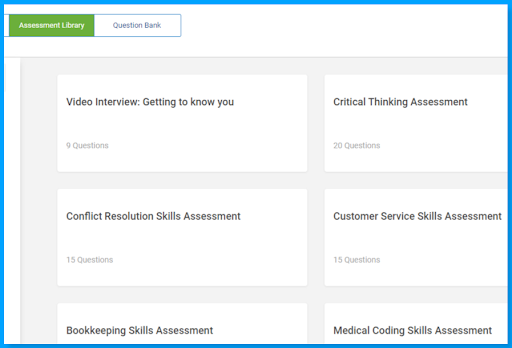
Step 2: Create questions or import them from a question library
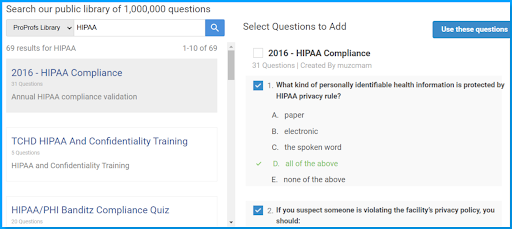
Step 3: Configure settings and theme
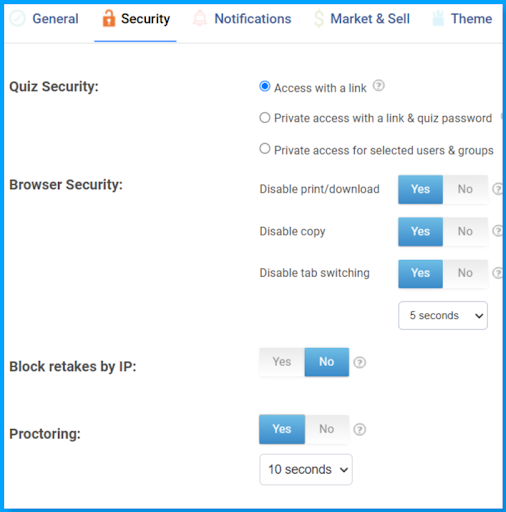
Step 4: Automate and manage certification
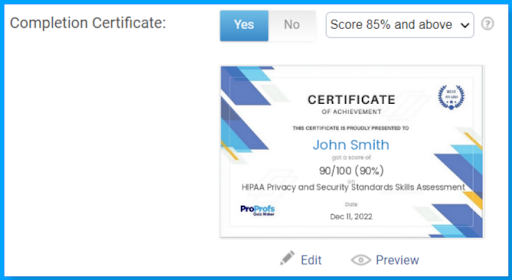
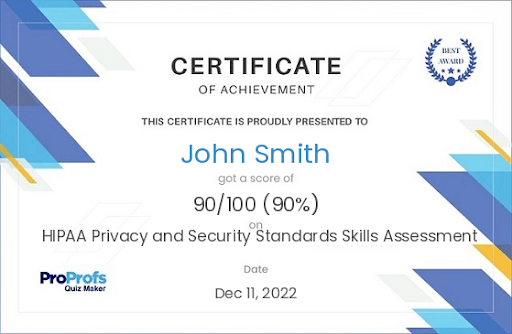
Step 5: Share with learners via email or virtual classroom
Watch: How to Share Your Assessment With Learners
It only takes the five simple steps mentioned above to get started with training assessments. But there’s lots more you can do with an online assessment tool. Check our ultimate assessment-making guide for an in-depth look at the assessment-creation process.
Now let’s move on to our final section, where we’ll learn all the tips and best practices you must keep in mind when creating your employee training & development test.
Online Employee Training Assessment Best Practices
To get the most out of your assessments, you must design them strategically while leveraging all the features your assessment tool offers. Here’s how you can do this:
-
Use Clear and Concise Language
Achieving maximum comprehension in training assessments is key for accurate results. Using clear and concise language helps ensure participants don’t answer randomly to ‘get it over with’.
Doing so also avoids misinterpretations and confusion.
Here’s how you can ensure that your test content is clear and concise.
- Use straightforward language in your questions, answer options, and feedback
- Keep sentences short
- Check for and replace phrases that could be misinterpreted
-
Use Various Question Types
Asking questions in different ways, with a mix of objective and open-ended questions, makes training tests more insightful and engrossing. Popular question types include multiple-choice, checkbox, true/false, fill-in-the-blanks, matching, hotspot, order-the-list, essay, video-response, and comprehension.
Watch: Question Types for Online Learning & Assessment
-
Provide Great Feedback
Using online employee training assessment software, you can provide feedback to learners in two ways:
- Question-wise feedback shown immediately after a learner answers a question or in the report
- Personalized feedback that trainers can provide via text or video once they’ve reviewed the test report
Question-wise feedback lets learners understand their mistakes better while increasing engagement. On the other hand, personalized feedback makes it easy for trainers to help learners analyze their learning challenges and provide suggestions on how to overcome them.
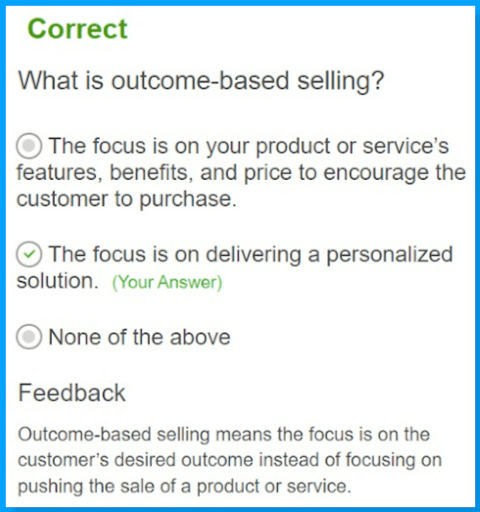
-
Add Media
You can add images, videos, and audio clips to various elements of your training assessment test to make them more effective.
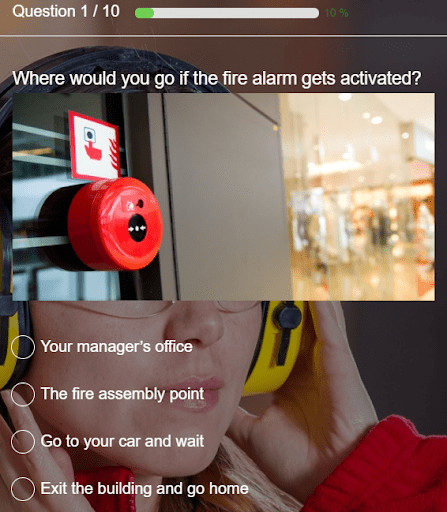
For example, you can:
- Add an image or video to a question statement to make the question more engaging and help learners visualize a scenario
- Add images to answer options or create image-only answer options
- Present a video or audio clip and ask multiple questions based on it
- Add a video or image to the welcome screen to provide an overview of the assessment
- Add images to instant question feedback to explain concepts

-
Configure Anti-Cheating Settings
Online testing tools let you prevent cheating in various ways. Make sure you enable all the anti-cheating settings your tool offers. For example, here are some of the anti-cheating settings in employee assessment tool ProProfs Quiz Maker:
-
- Prevent unauthorized access using password protection and individualized virtual classroom logins
- Enable proctoring to invigilate remotely
- Disallow tab switching so learners can’t look up answers
- Disable copying & printing of assessment content
- Randomize the order of questions & answer options to discourage answer copying
- Create a question pool to present different question sets to different learners
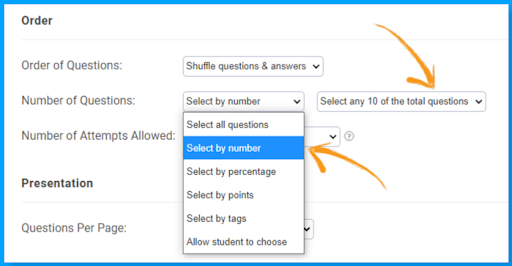
-
Add Time Limits
Adding time limits to your training assessment is a great idea for two reasons:
- Questions with time limits help test learners’ ability to recall critical information quickly.
- It serves as a cheating prevention measure since it denies learners enough time to look for answers.
Watch: How to Create a Timed Assessment
Depending on what makes better sense for your employee training tests, you can add an overall time limit to your test or separate time limits for each question.
-
Award Certificates
Awarding completion or passing certificates for your post-training assessments is an excellent way to motivate learners toward self-learning and upgrading their skills. Doing so can also help establish and validate your organization’s regulatory compliance.
Watch: How to Award Custom Certificates to Your Learners
-
Work on the Appearance
Here’s yet another thing you can do to engage learners — make your tests aesthetically appealing. You can add a great-looking theme to the test and customize its various elements to make it even better. For example, you can:
- Add a beautiful background image relevant to the topic or related to your brand identity
- Customize the fonts and colors
- Add your company logo to the test
Watch: How to Customize Quiz Appearance With Themes
-
Conduct a Beta Test
Before introducing your training assessment to learners, make sure you’re confident in its accuracy and clarity by having a group of people who represent the real audience take it first. That way, any issues can be identified ahead of time. You can conduct a survey after the assessment to ask learners about their experience taking it.
-
Integrate Assessments With Courses
You can implement this best practice only using online training software. Having said that, integrating your formative and summative training tests with your courses makes the training process highly streamlined. That’s because it removes the need for learners to jump around between two platforms.
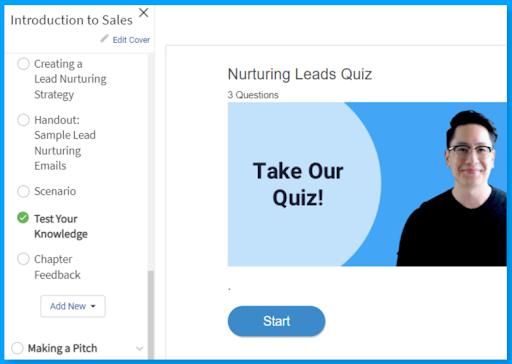
-
Revise Your Tests, if Needed
Once your training assessment tests have been out there for a while, you’ll have enough data to evaluate and refine them. For example, you can look at the following data:
- The percentage of employees who pass or fail
- The average scores
- The percentage of employees who are unable to complete the test within the available time
- Questions most people get right
- Questions most people get wrong
Using this data, you can identify questions that are too easy or too difficult to answer, don’t match the training course material, or are worded confusingly.
-
Use the Right Assessment Tool
We’ve listed many benefits of online training assessment tests in this guide, along with many best practices to maximize their impact. But you need an excellent assessment tool to get all those benefits and implement the best practices.
Here are some things the best assessment tools let you do:
-
- Get started quickly with readymade training assessments
- Create assessments easily from scratch using readymade questions
- Conduct cheating-free assessments powered by robust security & anti-cheating settings
- Set up an effective and automated certification/recertification system
- Accurately and thoroughly assess performance & progress using advanced reporting & analytics
- Design engaging assessments featuring diverse question types, media, themes, and much more
Watch: How to Choose the Best Assessment Software
Raise Training Effectiveness With Assessments
Well-crafted employee training assessments can improve your employee training at every stage and ensure that you don’t sink resources into a training program that can’t help you achieve your goals. But to conduct such effective assessments, you need an excellent online platform with all the features you’ll need.
ProProfs is just that. It has an intuitive user interface and is equipped with top features, such as 15+ question types, robust privacy & anti-cheating settings, advanced reporting & analytics, and a vast resources library featuring 100+ professionally-built skill tests and over a million ready questions. With 100+ settings, it also lets you customize and brand your tests your way.
FREE. All Features. FOREVER!
Try our Forever FREE account with all premium features!
